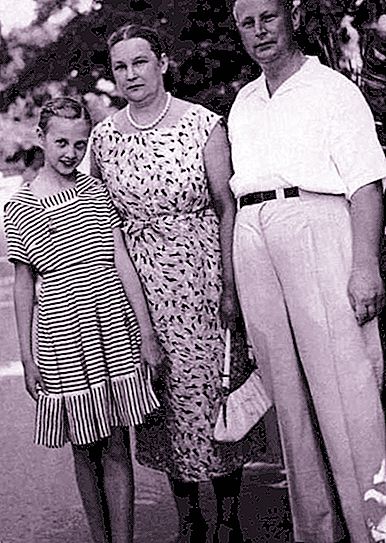The small Siberian city is not as famous as the other oil centers of the region, nevertheless, it was from here that the largest in Russia Samotlor deposit of a demanded resource began to be developed. The district still lives mainly through the extraction of hydrocarbons. This article provides information on how, as the oil industry developed, the population of Megion increased.
Geographic information
The city was built at the mouth of the Mega River in the central part of the Central Ob Lowland, not far from the Samotlor oil field. The average height of the territory above sea level is from 40 to 45 meters. In the city, the Saimaa River flows, which is partially enclosed in a pipe.
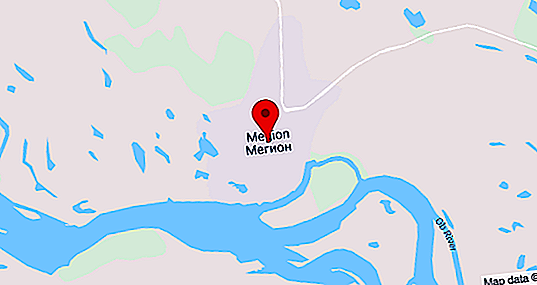
The region by natural and climatic conditions is equivalent to the Far North with a sharply continental climate. Winter is long and very cold, summer is short and quite warm. Here, the coldest month is January with an average temperature of minus 17.8 ° C, the warmest is July, plus 17.8 ° C. The absolute minimum was recorded in January 2006 and amounted to minus 62 ° C. The average temperature in the year is minus 1.7 ° C.
general information
Megion in the Khanty-Mansiysk Autonomous Okrug of the same name Ugra is the administrative center. Together with the more famous city of Nizhnevartovsk, it acts as a center for oil production. Moreover, it was here that the first well of the largest Russian oil field, Samotlorsky, was drilled. The nearest city is Nizhnevartovsk, 28 km away, and the capital of the Autonomous Okrug is 500 km away. The population of Megion is 48 thousand people.
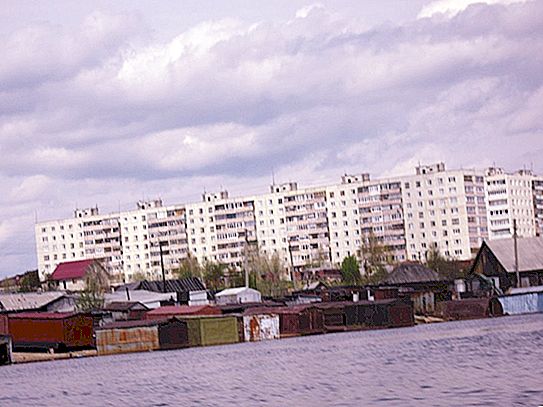
The main enterprise is OAO Slavneft-Megionneftegaz, which accounts for about 45% of industrial production. The company is engaged in oil and gas production. In addition, there are enterprises for the repair and maintenance of machinery and equipment for the oil and gas industry, the production of lumber and the food industry.
The name of the city was given by the indigenous people who lived in this area. A 19th-century Hungarian linguist Bernat Munkachi wrote: "In the Khanty language, the name of the Mayon yurts sounds like Mehe-Ung-Pukhyl, which means" settlement at the mouth of a bend ", since" bellows "is a river bend, " pukhul "is a settlement, " ong " - the mouth. " Mayon is the original spelling in Russian, later they began to write "Mega".
Early years
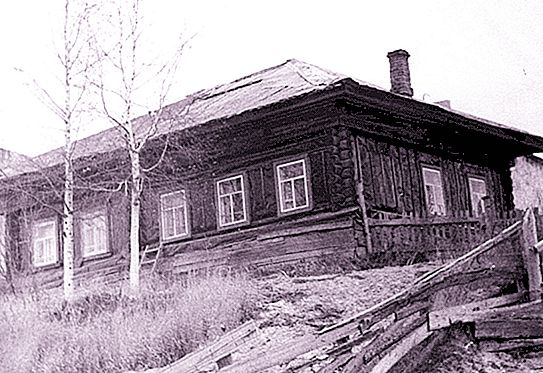
The first mention of the settlement dates back to 1781. The "List of populated areas of the Siberian Territory" indicates the year 1810 as the foundation time of the Mayon yurt. The "List of populated places according to 1868-1869" indicates that in the Ostyak Mayon yurts on the Ob River there are two yards with a population of 14 people and in the Megipul yurts on the Mega channel five yards with 31 residents. In 1896-1897 the settlement is already listed as Russian with a population of Megion of 23 people.
In the directories of the Novosibirsk and Tomsk shipping companies and maps of pilots there is information that at the dawn of the 20th century, the Magyon yurts served as the so-called "exchange points" where you can exchange salt and matches for firewood. Such mutual trade brought substantial income to the Russian and Ostyak population. In 1912, there were 5 yards and a zemstvo tract station in the Magayon yurts. The locals were engaged in hauling, fishing, hunting. They handed over fish, furs, and game to the merchant Prolomkin Stepan Yakovlevich, who was the actual owner of these places.
Soviet period
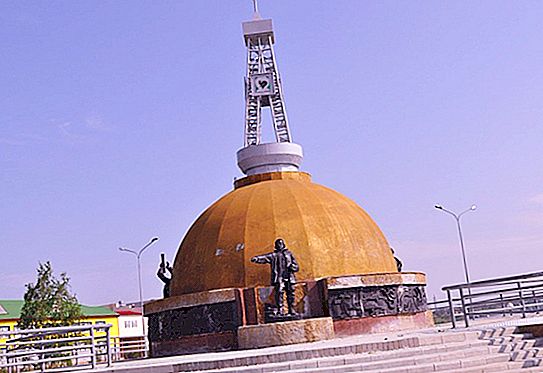
After the beginning of collectivization and a company for dispossession in the remote Siberian corners, special migrants were sent. In 1936, a fishing artel named after them was created in the Megion yurt. Stakhanova. The members of the association not only fished, but also collected nuts and berries. Rye, oats, barley, wheat, and potatoes were also grown.
During the war, most men were mobilized to the front, women were engaged in the harvesting of fish for soldiers. The collective farm in the village was very small: 30-40 workers, 200 heads of cattle, 70-80 horses, about 200 sheep, 10-15 pigs, 30-40 hectares of sown land. In 1954, several collective farms were merged into one, people gradually moved to the administrative center of Megion. Land began to be built up, these houses have survived to this day on the street. Collective farm. By 1959, the population of Megion reached 400 people.

